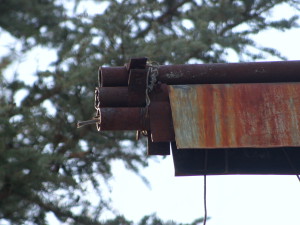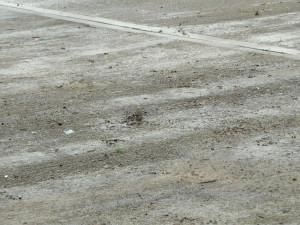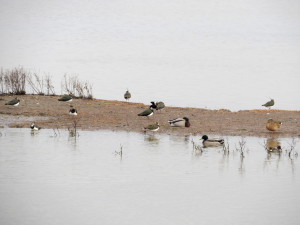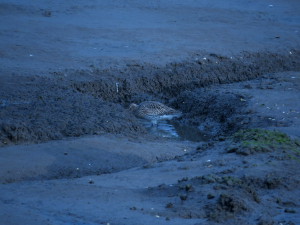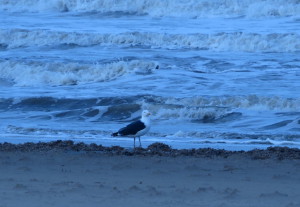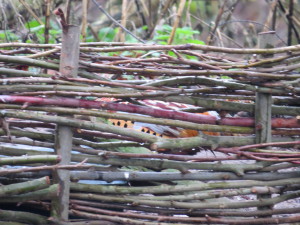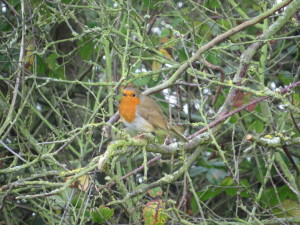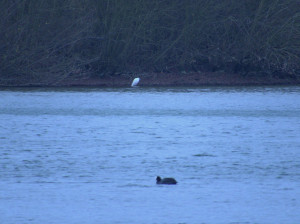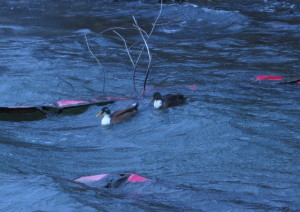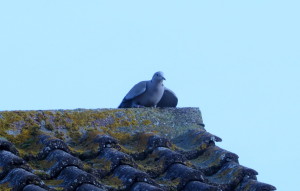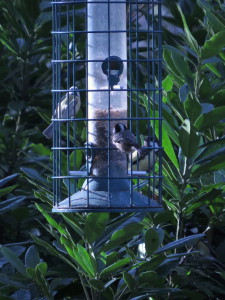 After Christmas and all, the birding kind of cooled down, other than Cley, of course. I went to Stewartby once or twice, including a trip to a birder’s favourite place – the sewage lagoons. Grey Wagtail (Lifer), Pied Wagtail, and Yellowhammer (also Lifer) were the only birds actually on the excrement but all around were Chaffinches, Goldfinches and Robins.
After Christmas and all, the birding kind of cooled down, other than Cley, of course. I went to Stewartby once or twice, including a trip to a birder’s favourite place – the sewage lagoons. Grey Wagtail (Lifer), Pied Wagtail, and Yellowhammer (also Lifer) were the only birds actually on the excrement but all around were Chaffinches, Goldfinches and Robins.
Hopping around in the scrubby bushes and on the ground was another lifer – Chiffchaff (a Siberian race, spending the winter in a summer paradise – for it at least)!
Furthermore, it was my cousin’s 10th Birthday the next Saturday, and we were going to his Grandparents’ farm. On the way, however, we decided to stop at the “Danish Camp.” There we saw an Eagle-Owl, Mandarin Duck, Eider, Black Swan, and Garganey. Only the Garganey was wild – the others were part of a private collection.
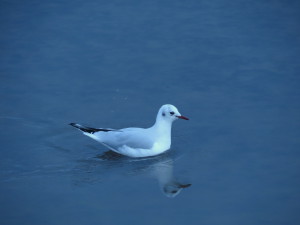
We left that night for Portsmouth, not intending to bird watch too much…
that didn’t happen. At the Portsmouth Historic Dockyard, there were gulls all over. Herring, both Black-backed, Black-headed, and a rarity – Ring-billed Gull! I don’t do well on boats, but on the short tour of the bay, we found Gooseander (Common Merganser), Cormorant, and even a Eurasian Shag! At the restaurant where we ate lunch, there was a Water Pipit, some Gulls, and a Pied Wagtail.
The next day, we went for a short walk, on which we found Ruddy Turnstone, Pied Wagtail (they were everywhere), Coal Tit, Great Spotted Woodpecker and others.
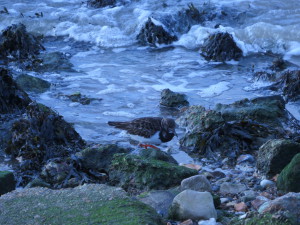
Back in Bedfordshire, I could most often be found watching through the window out at my Grandparents’ acre, where I registered about 30 species. One day, I came across half a dozen Linnets, a Yellowhammer, and 6 Dunnock in addition to the regulars. Another, I saw a Green Woodpecker flying across the lawn. Pheasant were present in the back corner, and I once had a fleeting glimpse of a Eurasian Jay.
And only a few days before we left, a couple others and I went down to the Sandy RSBP Lodge to see what was there. We got there and found the feeders, but there was only a couple birds there – Coal Tits, Blue Tits, Chaffinches, etc. Further on, we hit on a bird hide watching over some feeders, where we found Nuthatch, Blue Tits, Coal Tits, Great Tits, a Great Spotted Woodpecker, and more. Back near the Lodge, we identified Reed Bunting, and Redwing as well as Goldfinches, Tits, Chaffinches and a solitary Brambling!
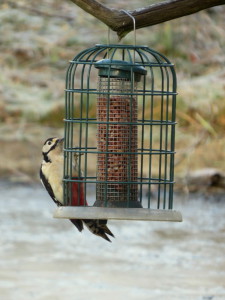
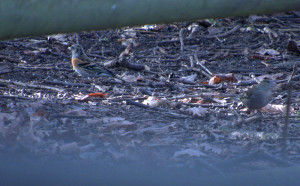
Overall, it was a good trip, with lots of great birds. The most notable thing was the birdsong, which filled the air where ever you went. The one downside was that I did not see a single owl, but that was okay. I was surprised by the number of shore birds there, although you must consider the fact that England rarely drops below 0 Celsius, even in winter.
And now I’m on the plane back. Vacation goes too quickly, especially with a place like Cley Marshes in it…
